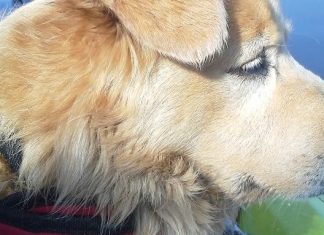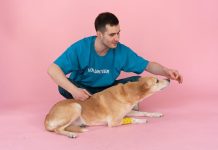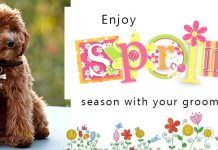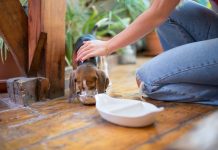Welcoming a new puppy into your home is an exciting and joyous experience, filled with cuddles, playful antics, and a lifetime of companionship. However, as any seasoned pet owner will tell you, it also comes with its fair share of challenges, especially when it comes to training your furry friend. Puppies are naturally curious and easily distracted, which can make the training process feel overwhelming at times. But fear not! With patience, consistency, and a few expert tips, you can guide your pup towards becoming a well-behaved and focused companion. In this article, we’ll explore practical and effective puppy training techniques that not only keep your dog engaged but also strengthen the bond between you and your new best friend. Whether you’re a first-time pet parent or looking to refine your training skills, these tips will help you navigate the delightful journey of raising a happy, attentive, and well-mannered dog.
Building a Strong Foundation with Positive Reinforcement
Establishing a solid groundwork in your puppy’s training journey is essential, and positive reinforcement is a powerful tool to achieve this. By rewarding good behavior, you encourage your puppy to repeat those actions, making learning a delightful experience for both of you. Here are some ways to effectively use positive reinforcement:
- Consistent Praise: Use a happy, upbeat tone to celebrate your puppy’s successes. A simple “good job” or “well done” can go a long way.
- Treat Rewards: Keep a supply of small, tasty treats on hand to immediately reward your puppy for good behavior. Make sure the treats are suitable for puppies and given in moderation.
- Interactive Play: Incorporate playtime as a reward. Engaging in a favorite game or toy can be just as motivating as treats.
- Affectionate Touch: Gentle petting or a loving scratch behind the ears reinforces that they are doing something right.
Remember, timing is crucial. Deliver rewards immediately after the desired behavior to ensure your puppy makes the connection. This approach not only builds a trusting relationship but also sets the stage for a well-behaved adult dog.
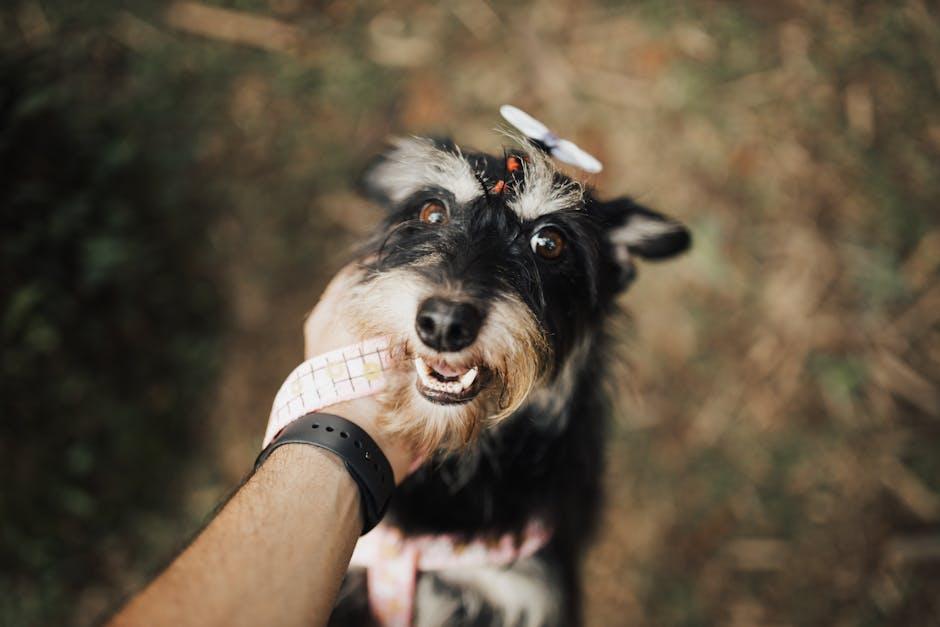
Creating a Distraction-Free Environment for Effective Learning
Creating a serene space for your puppy’s training sessions can significantly enhance their ability to focus and learn. Start by designating a specific area in your home where distractions are minimized. Choose a quiet room away from household hustle and bustle, ensuring it is free from toys, other pets, and noisy appliances. This dedicated space helps your puppy associate the area with learning, making it easier for them to concentrate.
- Remove Clutter: Keep the training area tidy. A clutter-free environment reduces the chances of your puppy’s attention wandering.
- Limit Noise: Turn off televisions, radios, and other background noise sources that might divert your puppy’s attention.
- Consistent Schedule: Establish a regular training routine. Puppies thrive on consistency, and a predictable schedule helps them understand when it’s time to focus.
Utilizing these strategies not only fosters a calm environment but also strengthens the bond between you and your puppy as they learn and grow together.
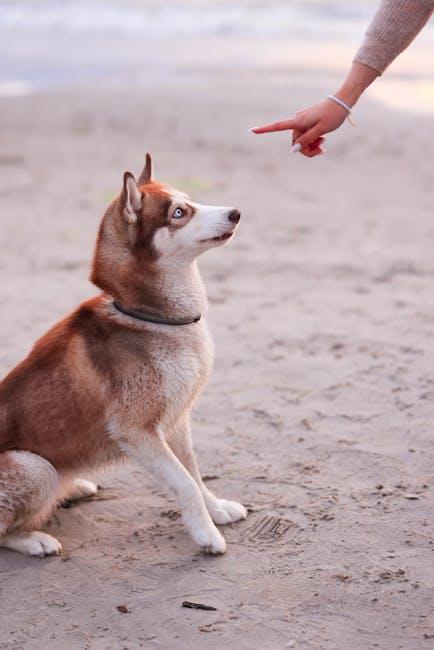
Incorporating Consistent Commands and Cues
When training your puppy, the foundation of effective communication is the use of consistent commands and cues. Dogs thrive on predictability and clarity, so establishing a uniform language is crucial. Begin by choosing simple, distinct words for basic commands like sit, stay, and come. Consistency in these cues not only helps your puppy understand what is expected but also builds a sense of trust between you and your furry friend. To enhance the learning process, involve all family members in using the same words and gestures. This uniformity prevents confusion and accelerates your puppy’s learning curve.
- Keep it Simple: Use short, one-word commands that are easy for your puppy to recognize.
- Be Consistent: Use the same word and tone each time you give a command.
- Reinforce Positively: Reward your puppy with treats, praise, or affection immediately after they follow a command correctly.
- Practice Regularly: Short, frequent training sessions are more effective than long, infrequent ones.
By embedding these practices into your training routine, you’ll create a nurturing environment that encourages focus and obedience. Remember, patience and consistency are your best allies in this rewarding journey of raising a well-mannered dog.
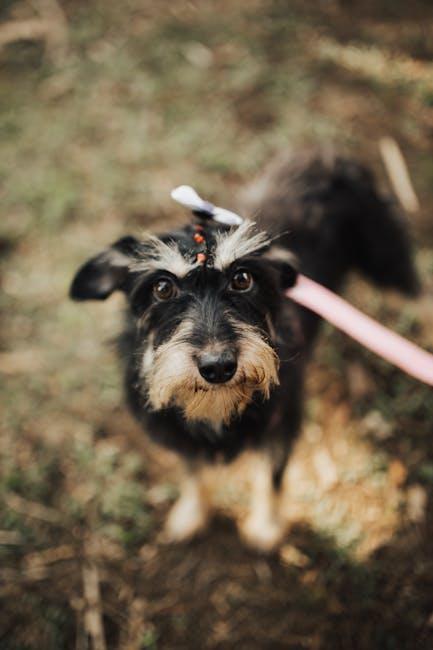
Understanding Your Puppys Attention Span and Energy Levels
When embarking on the journey of training your puppy, it’s crucial to acknowledge their naturally fluctuating attention span and boundless energy. Puppies, much like young children, have limited concentration periods. Typically, their attention span can last anywhere from a few seconds to a few minutes. This means that short, engaging training sessions are far more effective than lengthy ones. To make the most of these brief periods, consider breaking down training into mini-sessions throughout the day. This approach not only aligns with their natural rhythm but also ensures that learning remains a fun and positive experience for both you and your puppy.
Understanding your puppy’s energy levels is equally important. Puppies are bundles of energy, often needing to expend it before they can focus on learning new commands. Incorporate playtime into your training routine to help burn off excess energy. This can be achieved through activities such as:
- Fetch: A great way to combine exercise with training, reinforcing commands like “come” and “drop.”
- Tug-of-War: This can be a wonderful bonding activity, but ensure it’s done with controlled rules to teach self-control.
- Hide and Seek: Stimulates their mind and encourages focus, as they have to locate you or a hidden toy.
Balancing training with adequate play and rest is key to nurturing a well-rounded, attentive puppy. By tailoring your approach to match their natural tendencies, you lay the groundwork for a lifelong bond based on mutual respect and understanding.






